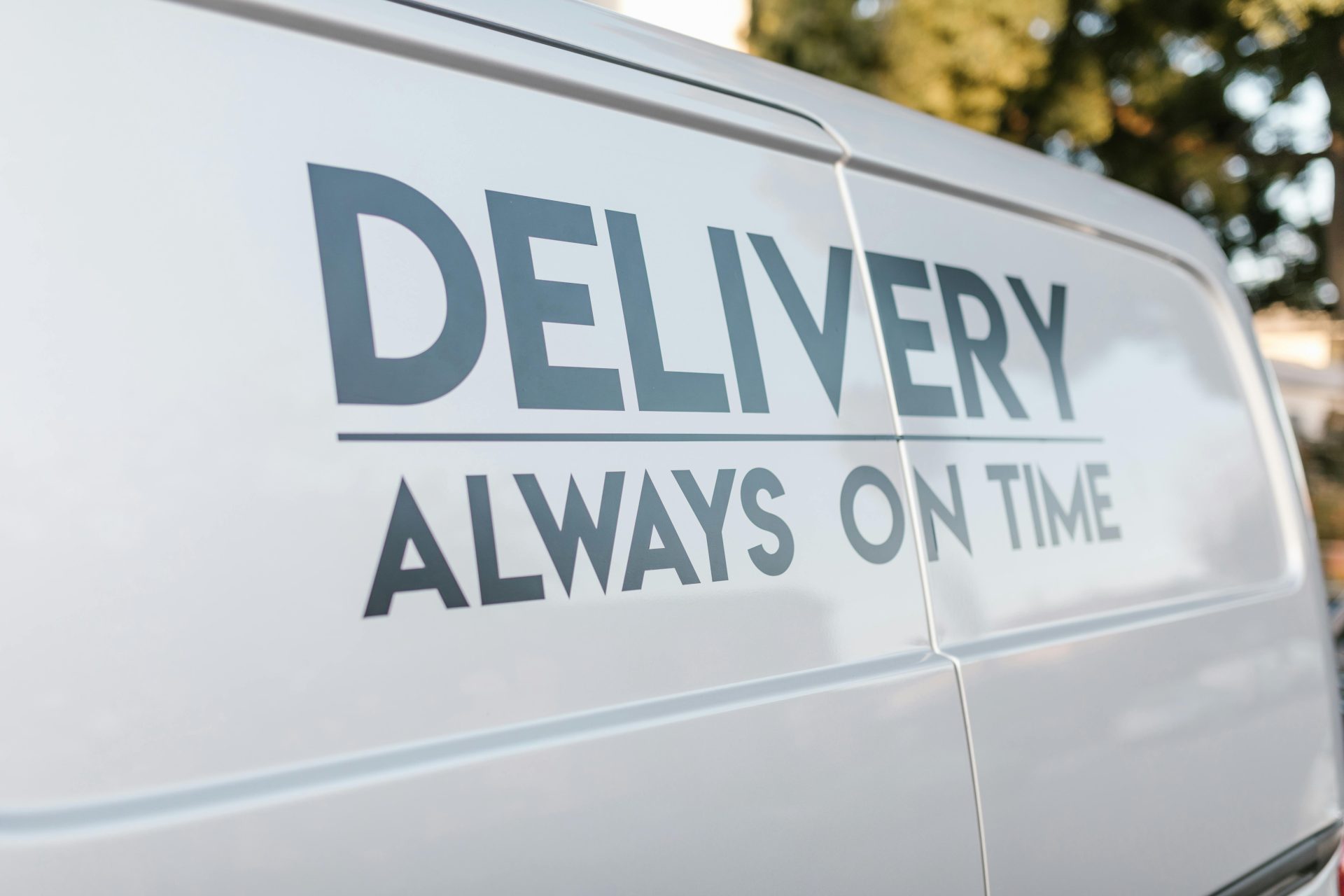
How Fleets Can Power Expansion in Emerging Markets
We all know the feeling. You click “buy now,” and a package shows up at your door a day or two later. We often take this modern convenience for granted.
But around the world, this simple act is sparking an economic revolution. In places like Southeast Asia, Latin America, and Africa, fleets of delivery vehicles are doing more than just dropping off packages.
They are the engines of explosive growth. These fleets are connecting businesses to new customers. They are creating millions of jobs and building stronger economies from the ground up.
Here, we’ll take a look at how fleets are powering expansion in emerging markets.
#1 Reaching Untapped Markets with Last-Mile Delivery
Getting packages to their final stop in developing countries is a real puzzle.
In many regions, poor road quality or the complete lack of paved roads, makes rural and remote deliveries incredibly difficult and inefficient. In Africa, for instance, poor transportation infrastructure requires logistics providers to develop highly localized and alternative solutions to be effective.
A lack of standardized addressing systems is another concern. In North Africa and the Middle East, 40% of packages are returned because the address can’t be found.
On top of the physical challenges, people mistrust online shopping. In Vietnam, for example, a staggering 85% of digital buyers prefer cash on delivery (COD).
A new generation of logistics companies is rising to meet the last-mile delivery challenge, however. In Vietnam, Giaohangtietkiem (GHTK), an app-based model, connects customers with a network of over 8,000 drivers to provide services like 6-hour intra-city delivery.
Meanwhile, in Latin America, 99minutos is a game-changer for last-minute delivery. It offers options as quick as 99 minutes, all powered by a smart AI system with pinpoint 99.8% geolocation accuracy.
#2 Creating Local Jobs and Building Economies
This delivery boom is creating jobs for millions of people. Fleets need drivers, and the rise of the gig economy has met that demand.
In Southeast Asia, platforms like Grab and Gojek have become a lifeline for many. These offer everything from rides to food delivery. They have created flexible work for millions, contributing over $8 billion to the region’s economy.
On the other hand, Abu Dhabi’s logistics sector contributes a significant 10.2% to the city’s GDP and employs over 100,000 people.
E-commerce is fueling even more growth. In Africa, the rise of online shopping is expected to create up to 3 million new jobs by 2025, many in delivery and logistics. Jumia, the continent’s leading e-commerce platform, already employs more than 5,000 people across a wide range of roles.
With fleet-powered businesses expanding across borders, the demand for global payroll solutions is also skyrocketing. It’s easy to see why: they ensure fair, timely compensation for all team members, no matter where they are based.
What makes them so valuable is their built-in compliance. They automatically align with local payroll laws in each country, helping companies avoid costly mistakes.
This unified approach saves time, reduces errors, and maintains consistency in payroll processes, notes Remote, a global HR and payroll platform. This makes it easier to manage global payroll seamlessly.
#3 Driving Supply Chain Resilience
The modern supply chain operates in a state of near-constant peril.
The COVID-19 pandemic was a stark reminder of the fragility of global trade networks. But the risks are diverse and unrelenting. Geopolitical events, such as the conflict in Ukraine, can sever critical transport routes overnight.
Modern logistics fleets, powered by technology and flexible network designs, are playing a central role in building this resilience.
Real-time tracking and communication systems are allowing companies to gain end-to-end visibility of their shipments. So, they can spot delays or problems instantly and proactively communicate with customers.
Logistics companies also use advanced weather tracking to see storms coming. They plan alternate routes to avoid flooded areas.
The role of fleets in building resilience goes beyond commercial adaptation; it can extend to organized, community-driven disaster relief.
For example, in the typhoon-prone Philippines, Grab’s ‘GrabBayanihan’ program—named for the local spirit of communal cooperation—mobilizes its entire network. When a typhoon hits, the Grab app becomes a fundraising platform, enabling users to donate loyalty points to partners like the Red Cross.
It’s clear: fleets in emerging markets are about transformation. They connect people to products, create jobs, strengthen supply chains, and make modern commerce possible, even in the most remote locations.
Businesses that invest in fleet operations are helping build infrastructure that supports long-term growth. And as emerging markets continue to develop, fleets will drive opportunity, connection, and progress every step of the way.



 Bitcoin
Bitcoin  Ethereum
Ethereum  Tether
Tether  XRP
XRP  Solana
Solana  USDC
USDC  TRON
TRON  Lido Staked Ether
Lido Staked Ether  Cardano
Cardano  Avalanche
Avalanche  Toncoin
Toncoin